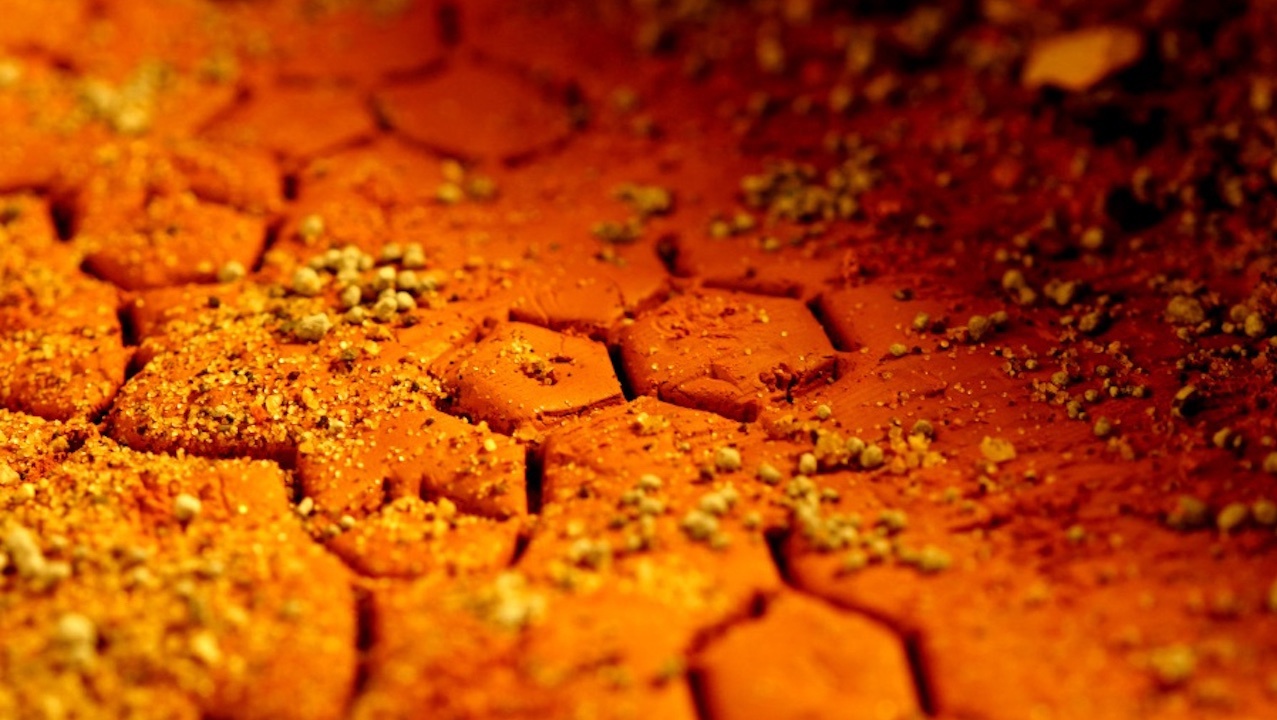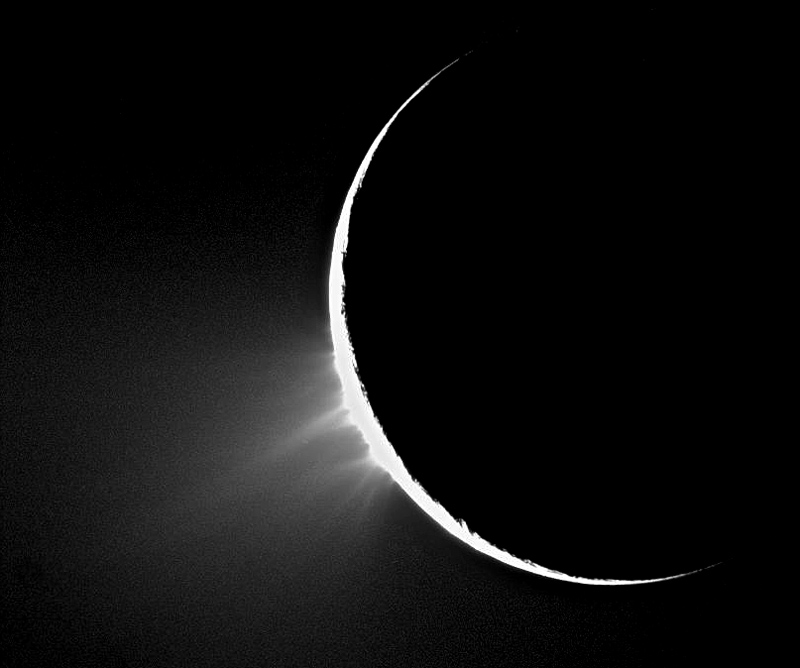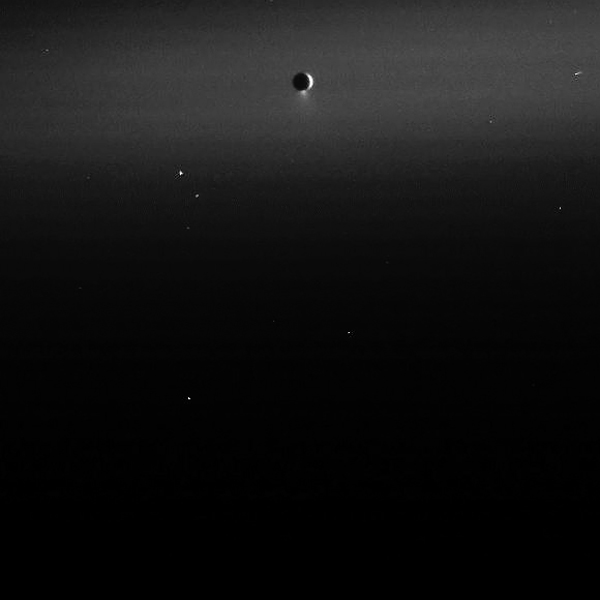The search for life in the Universe has fascinated humans for centuries. Mars has of course been high on the list of potential habitats for alien existence but since the numerous spacecraft images that have come back showing a barren landscape, it seems Mars may not be so habitable after all. That is, until recently. The Martian regolith, the top layer of dust upon the surface has been found to be full of perchlorate salts. These chemicals are poisonous to most life on Earth but a new study suggests that some extremophile protein enzymes and RNA may just be able to survive!
Continue reading “Toxic Perchlorate on Mars Could Make Life More Interesting”Europa Could be Covered in Salty Ice
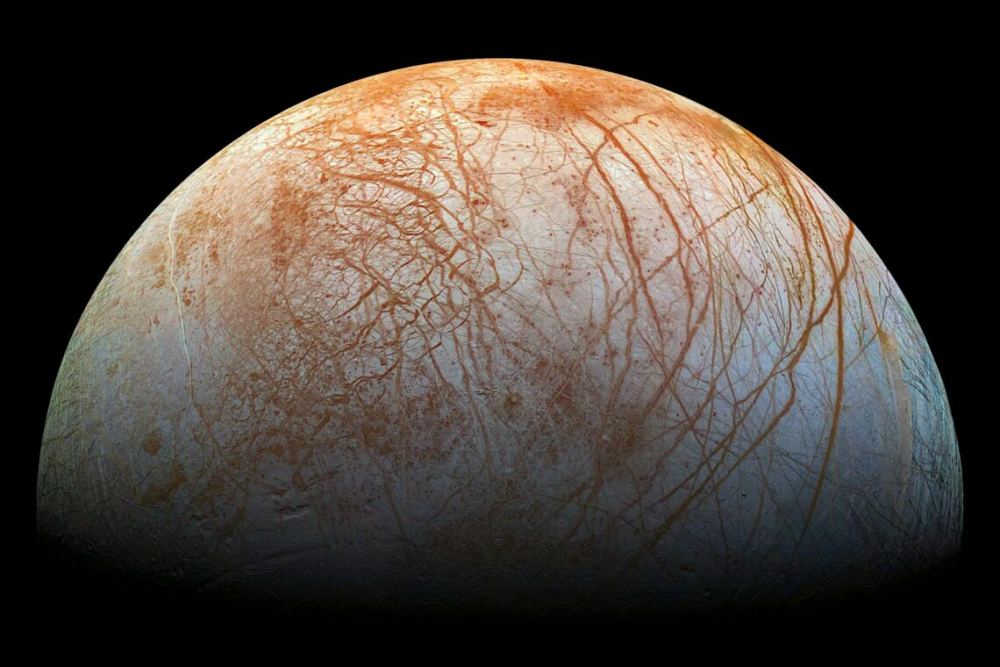
Jupiter’s second Galilean moon, Europa, is one of the most fascinating planetary objects in our Solar System with its massive subsurface ocean that’s hypothesized to contain almost three times the volume of water as the entire Earth, which opens the possibility for life to potentially exist on this small moon. But while Europa’s interior ocean could potentially be habitable for life, its unique surface features equally draw intrigue from scientists, specifically the large red streaks that crisscross its cracked surface.
Continue reading “Europa Could be Covered in Salty Ice”Water Worlds Could Have Plumes of Nutrients Carried up From Down Below
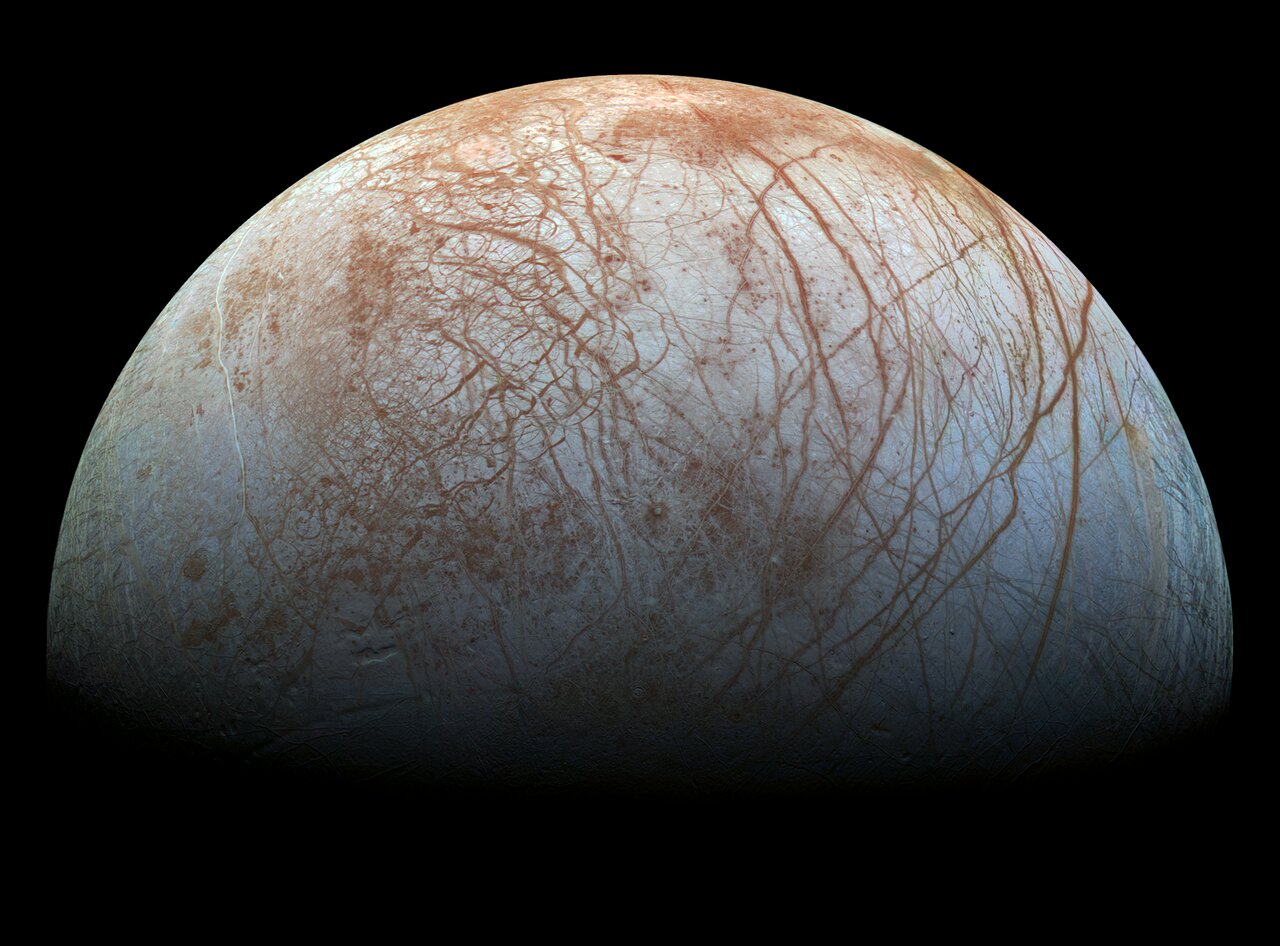
Earth’s oceans are one huge, uniform electrolyte solution. They contain salt (sodium chloride) and other nutrients like magnesium, sulphate, and calcium. We can’t survive without electrolytes, and life on Earth might look very different without the oceans’ electrolyte content. It might even be non-existent.
On Earth, electrolytes are released into the oceans from rock by different processes like volcanism and hydrothermal activity.
Are these life-enabling nutrients available on water worlds?
Continue reading “Water Worlds Could Have Plumes of Nutrients Carried up From Down Below”Enceladus’ Salty Surprise
[/caption]
Researchers on the Cassini mission team have identified large salt grains in the plumes emanating from Saturn’s icy satellite Enceladus, making an even stronger case for the existence of a salty liquid ocean beneath the moon’s frozen surface.
Cassini first discovered the jets of water ice particles in 2005; since then scientists have been trying to learn more about how they behave, what they are made of and – most importantly – where they are coming from. The running theory is that Enceladus has a liquid subsurface ocean of as-of-yet undetermined depth and volume, and pressure from the rock and ice layers above combined with heat from within force the water up through surface cracks near the moon’s south pole. When this water reaches the surface it instantly freezes, sending plumes of ice particles hundreds of miles into space.
Much of the ice ends up in orbit around Saturn, creating the hazy E ring in which Enceladus resides.
Although the discovery of the plumes initially came as a surprise, it’s the growing possibility of liquid water that’s really intriguing – especially that far out in the Solar System and on a little 504-km-wide moon barely the width of Arizona. What’s keeping Enceladus’ water from freezing as hard as rock? It could be tidal forces from Saturn, it could be internal heat from its core, a combination of both – or something else entirely… astronomers are still hard at work on this mystery.
Now, using data obtained from flybys in 2008 and 2009 during which Cassini flew directly through the plumes, researchers have found that the particles in the jets closest to the moon contain large sodium- and potassium-rich salt grains. This is the best evidence yet of the existence of liquid salt water inside Enceladus – a salty underground ocean.
“There currently is no plausible way to produce a steady outflow of salt-rich grains from solid ice across all the tiger stripes other than salt water under Enceladus’s icy surface.”
– Frank Postberg, Cassini team scientist, University of Heidelberg, Germany

If there indeed is a reservoir of liquid water, it must be pretty extensive since the numerous plumes are constantly spraying water vapor at a rate of 200 kg (400 pounds) every second – and at several times the speed of sound! The plumes are ejected from points within long, deep fissures that slash across Enceladus’ south pole, dubbed “tiger stripes”.
Recently the tiger stripe region has also been found to be emanating a surprising amount of heat, even further supporting a liquid water interior – as well as an internal source of energy. And where there’s liquid water, heat energy and organic chemicals – all of which seem to exist on Enceladus – there’s also a case for the existence of life.
“This finding is a crucial new piece of evidence showing that environmental conditions favorable to the emergence of life can be sustained on icy bodies orbiting gas giant planets.”
– Nicolas Altobelli, ESA project scientist for Cassini
Enceladus has intrigued scientists for many years, and every time Cassini takes a closer look some new bit of information is revealed… we can only imagine what other secrets this little world may hold. Thankfully Cassini is going strong and more than happy to keep on investigating!
“Without an orbiter like Cassini to fly close to Saturn and its moons — to taste salt and feel the bombardment of ice grains — scientists would never have known how interesting these outer solar system worlds are.”
– Linda Spilker, Cassini project scientist at JPL
The findings were published in this week’s issue of the journal Nature.
Read more in the NASA press release here.
Image credits: NASA / JPL / Space Science Institute
__________________
Jason Major is a graphic designer, photo enthusiast and space blogger. Visit his website Lights in the Dark and follow him on Twitter @JPMajor or on Facebook for the most up-to-date astronomy awesomeness!

